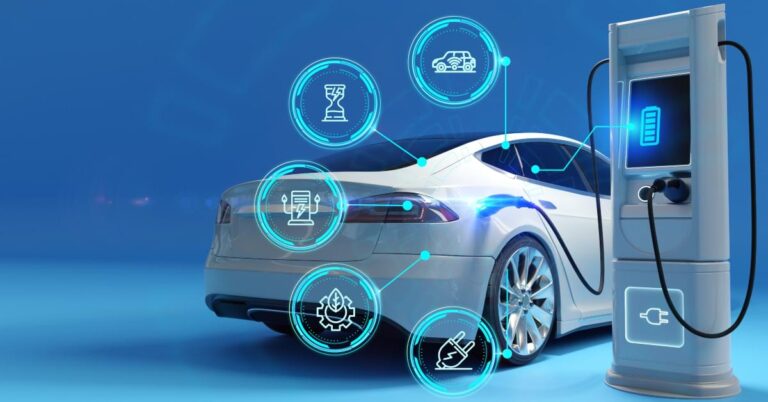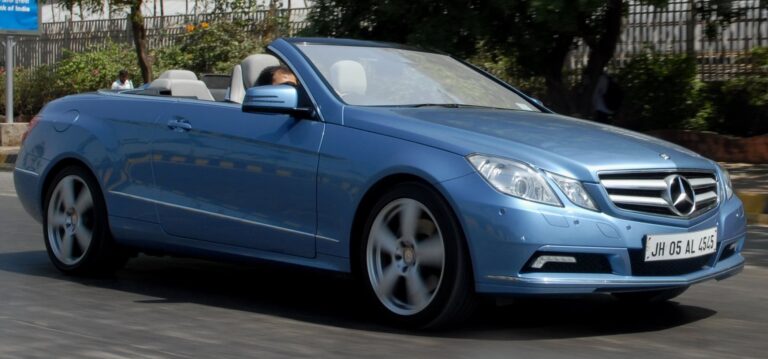Introduction
India is shifting gears toward electric mobility at an impressive pace. The government is pushing for cleaner, greener transportation solutions, and electric vehicles (EVs) are at the center of this transition. However, a robust and accessible charging infrastructure is crucial for this dream to become a reality.
In this blog, we’ll explore the current state of EV charging infrastructure in India, the challenges faced, and the promising opportunities that 2025 and beyond hold.
Why EV Charging Infrastructure is Critical
The biggest concern for EV buyers is “range anxiety” — the fear of running out of battery without finding a charging point nearby. To overcome this, India needs a widespread, reliable network of public and private charging stations.
A strong charging ecosystem boosts consumer confidence, increases EV adoption, and supports India’s goal of achieving net-zero emissions by 2070.
Current State of EV Charging in India
As of 2024, India has over 10,000 public EV charging stations, primarily concentrated in metro cities like Delhi, Mumbai, Bangalore, and Hyderabad. Many states have also introduced policies offering incentives to set up new stations, but accessibility remains limited in smaller towns and rural areas.
Key Challenges
⚡ High Setup Costs
Installing fast-charging stations requires heavy investment in equipment, land, and electricity infrastructure. These high upfront costs discourage private players.
⚡ Grid Load Management
India’s existing power grid is already under pressure. Adding large-scale EV chargers can strain the system further if not managed smartly.
⚡ Lack of Standardization
Currently, different manufacturers use different charging standards (CCS, CHAdeMO, Type 2, etc.), leading to compatibility issues for consumers.
⚡ Consumer Awareness
Many potential EV buyers are unaware of the availability or locations of chargers, creating hesitancy in adoption.
Government Initiatives and Policies
The Indian government has launched the FAME II scheme (Faster Adoption and Manufacturing of Hybrid and Electric Vehicles) to support EV adoption. Under this, subsidies are provided for both vehicle purchase and charging infrastructure setup.
States like Maharashtra, Tamil Nadu, and Delhi have announced their own policies, offering tax rebates, land incentives, and reduced electricity tariffs for charging stations.
Opportunities for 2025 and Beyond
✅ Rise of Private Charging Networks
Companies like Tata Power, Ather Energy, and ChargeZone are investing heavily in setting up private charging networks across major highways and urban centers.
✅ Integration with Renewable Energy
Solar-powered charging stations are gaining traction, reducing operational costs and dependence on the grid. This also aligns with India’s renewable energy targets.
✅ Smart Charging and IoT
With advancements in IoT and smart grids, charging stations can optimize energy usage, provide real-time availability updates, and offer app-based payments for a smoother user experience.
✅ Battery Swapping Stations
For commercial fleets and two-wheelers, battery swapping technology is emerging as a viable alternative, cutting down charging time significantly.
Future Outlook
By 2025, India is expected to have over 100,000 public charging stations. Charging networks will become more reliable and widespread, making EVs a mainstream choice for both personal and commercial users.
Moreover, as battery technology improves, EVs will offer longer ranges and faster charging times, further reducing range anxiety.
Conclusion
The growth of EV charging infrastructure in India presents both challenges and immense opportunities. It requires collaboration between the government, private sector, and consumers.
With strong policy support and technological innovation, India is on track to create a robust EV ecosystem that will make electric mobility a practical, affordable, and eco-friendly choice for millions.





